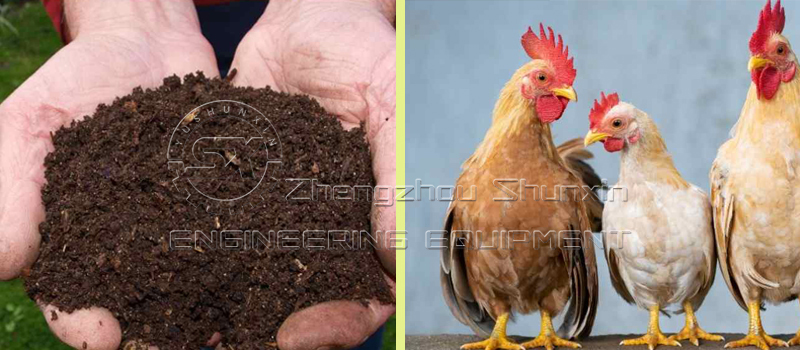As more farms turn to circular agriculture, chicken manure has become an important raw material for biofertilizer production. Setting up a chicken manure biofertilizer plant is not only an environmental solution but also a promising business model. Understanding the investment structure and expected return on investment (ROI) helps investors evaluate its long-term profitability.
1. Investment Structure of a Chicken Manure Fertilizer Project
The total investment in a poultry manure biofertilizer production facility depends mainly on plant scale, automation level, and process design.
- Infrastructure and construction: site leveling, fermentation zone, workshop, and storage areas.
- Equipment investment: compost turners, crushers, mixers, granulators, dryers, coolers, and packaging machines.
- Utility systems: electricity, water, ventilation, and odor treatment systems.
- Working capital: purchase of raw materials, bacterial inoculants, packaging materials, and labor cost.
A small-scale chicken waste fertilizer processing line may start from around $50,000–$100,000, while a medium-sized automatic bio organic fertilizer factory could require $150,000–$300,000 or more, depending on production capacity.

2. Factors Influencing Production Costs
The operating cost of a chicken dung biofertilizer plant includes raw material collection, fermentation management, energy consumption, and product transportation.
Farm-based projects often save on feedstock costs since the manure is self-supplied. However, other costs—such as microbial strains, liquid additives, or fuel for drying—need to be considered. Labor intensity also affects expenses: a manual composting system requires more workers than an automated fermentation tank. Learn more!
3. Expected ROI and Payback Period
In most chicken manure composting and granulation projects, the ROI depends on both production efficiency and market price of finished fertilizer. On average, a stable operation can achieve a gross profit margin of 25–35%. With efficient equipment and optimized process design, investors usually recover their initial investment within 2–3 years.
Additional income can be generated by selling compost or organic soil conditioners, especially when biofertilizer is marketed to local farms or horticultural users. Long-term benefits also come from waste recycling credits and reduced environmental penalties for manure disposal.
4. Strategic Considerations
Before establishing a biofertilizer production plant from chicken manure, feasibility analysis should include local raw material supply, seasonal variation, fertilizer demand, and government incentives for sustainable agriculture. A clear financial model helps investors control costs, evaluate profitability, and plan expansion. If you need a bio fertilizer production business plan, you can visit: https://www.biofertilizerproduction.com/product/bio-organic-fertilizer-production-line/